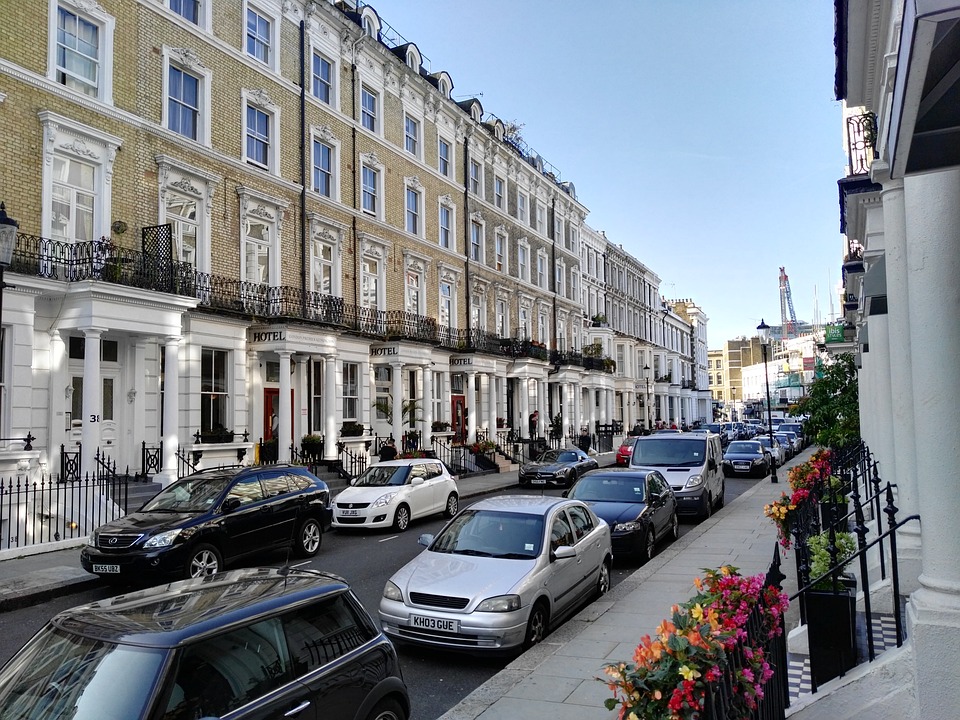Demand for private rented housing in England and Wales has reached a five-year high, a survey of landlords undertaken for the National Residential Landlords Association has found.
Yorkshire and The Humber was the area shown to have the highest rental property demand, followed by the South East and the South West.
Some 65 per cent of private landlords in Yorkshire and The Humber reported demand had increased in the second quarter of 2021: a figure that compared to a national average of 39 per cent.
Even so, the survey, conducted in partnership with BVA/BDRC, concluded that while 13 per cent of landlords in Yorkshire planned to increase the number of properties they rent out over the next year, 20 per cent planned to cut the number of properties they rent.
Contact us today to speak with a specialist Commercial Finance Broker to discuss how we can assist you
In the South East, 63 per cent of private landlords reported demand had increased in the second quarter of 2021. Some 16 per cent of landlords said they planned to increase the number of properties they rent out, while the same proportion intended to reduce the number.
In the South West, 60 per cent of private landlords reported demand for their properties had increased. Some 14 per cent said they planned to increase their letting portfolio, which again was the same proportion that said they intended to cut the number of properties they let.
Read about the UK Housing Market via our Specialist Residential & Buy to Let Division
The survey confirmed a continued pattern of tenants leaving London in response to the trend towards home working, said NRLA. Just over half of landlords in central London (53 per cent) reported a fall in tenant demand with only 15 per cent of landlords saying it had increased.
But overall, the picture revealed was one of increasing demand with little enthusiasm from landlords for new investment in rental properties.
‘Across Yorkshire and The Humber, the supply of homes is not keeping up with fast rising demand. The only losers will be tenants as they struggle to find urgently needed rental homes. The government needs to change direction and, instead of introducing measures to deter investment in the private rented sector, it must put in place policies which encourage it’, said NRLA Yorkshire and The Humber regional representative Ruth Millington.
Source: Landlord Knowledge
Discover our Commercial Mortgage Broker services.





